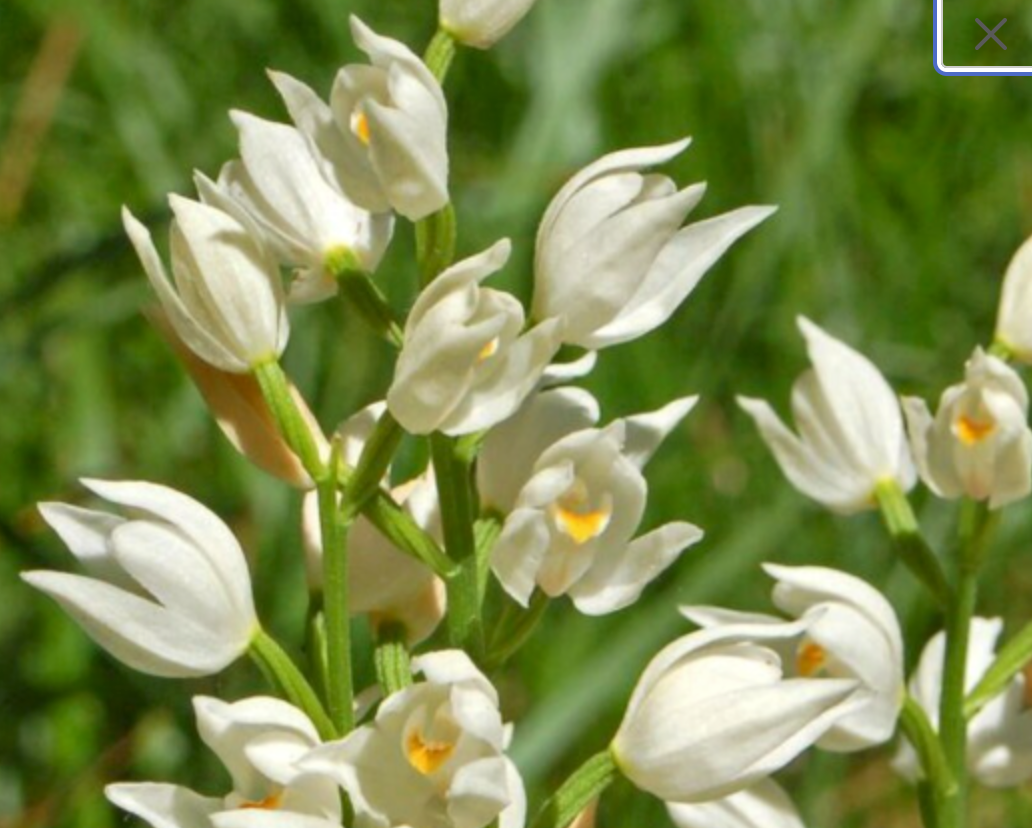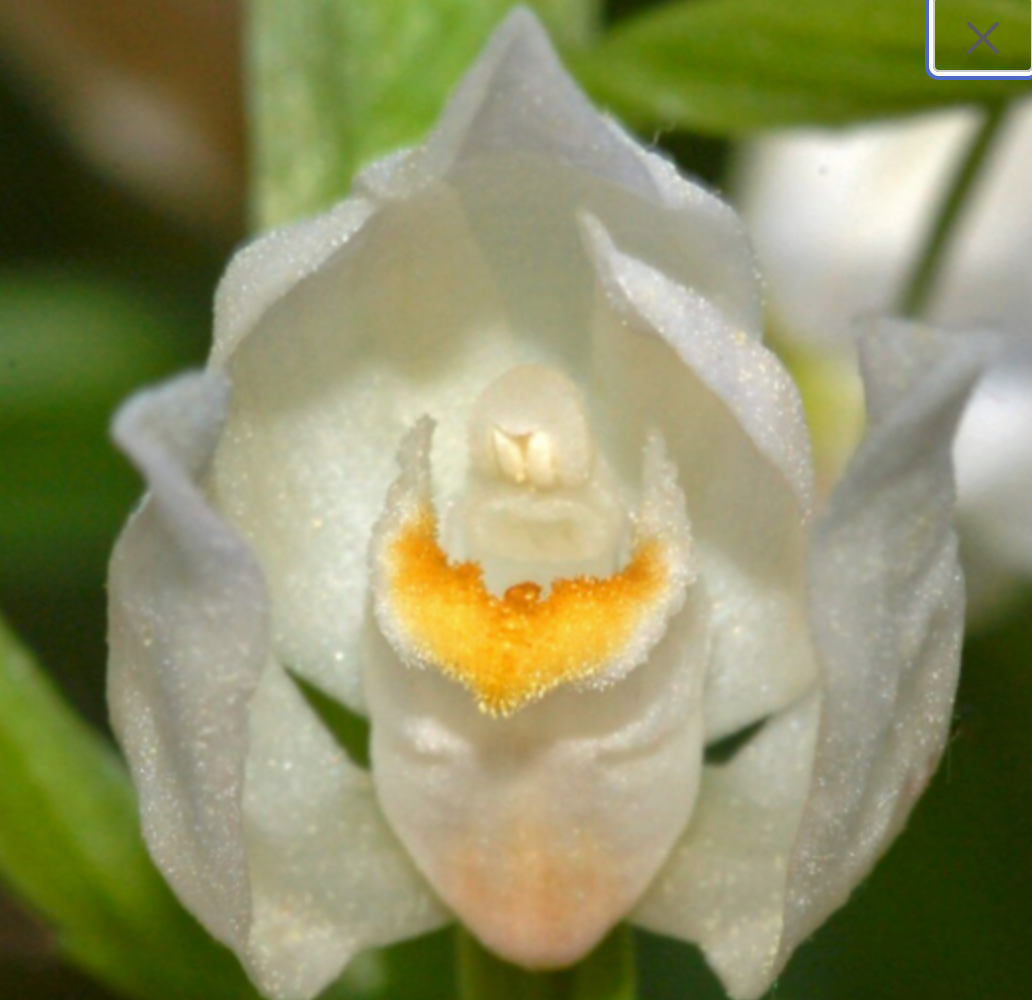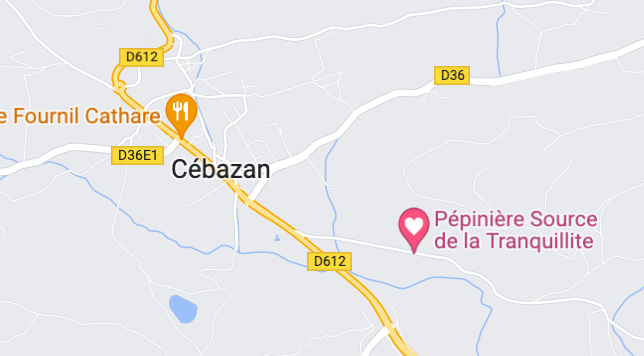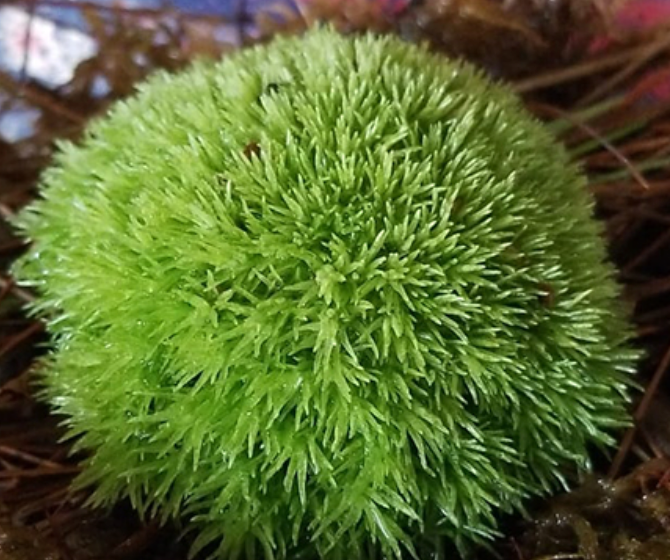The Bryophyta nursery
Cephalanthera longifolia rhizome
Cephalanthera longifolia rhizome
Impossible de charger la disponibilité du service de retrait
Delivery information: We ship with DHL for orders of 100euros and more we give free shipping, for small orders we ship with Laposte. We will be sending plant passports with each species, your order will arrive in 2-3 days with DHL.
Cephalanthera longifolia, known by the common names narrow-leaved helleborine or sword-leaved helleborine or long-leaved helleborine, is a herbaceous perennial plant with rhizomes of the family Orchidaceae. It is native to light woodland, widespread across Europe, Asia and North Africa from Ireland and Morocco to China.
Cephalanthera longifolia reaches on average 20–60 centimetres (7.9–23.6 in) of height in typical conditions. This orchid has erect and glabrous multiple stems. The leaves are dark green, long and narrowly tapering (hence the common name of Sword-leaved Helleborine). The inflorescence is a lax, five to twenty-flowered spike with the bell-shaped flowers ascending in an oblique spiral. The flowers are white, about 1 cm (0.4 in) long, with a yellow-edged labellum and they usually open only during the warmest and brightest hours of the day. This plant can be found in bloom from April to June, depending on location and altitude. The fruit is a dry capsule and the dust-like seed is dispersed by the wind.
The flowers are pollinated by solitary burrowing bees. The flowers produce little nectar and the yellowish dust on the labellum which the insects collect is of little nutritional value. The actual pollen is contained in two pollinia which adhere to the hairs on the bee’s back.
An investigation in Estonia determined that the mycorrhizal partners of this orchid species include Thelephoraceae and Helotiales.
Sword-leaved Helleborine usually grows in damp woodland places (mainly oak and beech), forest edges and rocky slopes. These plants prefer calcareous soils and in well exposed places.
In German, Cephalanthera are referred to as Waldvöglein, meaning little birds of the wood, a reference to the winged appearance of the flowers.
One unusual characteristic of this species is that some individuals are achlorophyllous (lacking green pigment) and take all their nutrition from mycorrhizal fungi.
Choose a planting site that receives dappled to partial shade. If you live in a growing region that is very hot and dry, you will need to choose a location that receives a bit more shade than sun. Plan to plant your orchid bulbs in the spring when the threat of frost has passed in your growing region.
Dig holes with your fingers or a small trowel. The holes should be 3 to 4 inches deep and 2 to 3 inches wide. Space the holes 12 inches apart.
Place a bulb into each hole and lightly pack the soil around the bulbs. Gently tap down on the soil to ensure that no air pockets remain around the bulb. Water thoroughly and plan to water whenever the soil dries out. When the bulbs begin to sprout and grow, mist them every day or two with a water bottle.
Fertilize every two months during the growing season with a liquid plant fertilizer that is at half strength.
Materials
Materials
Shipping & Returns
Shipping & Returns
Dimensions
Dimensions
Care Instructions
Care Instructions




-
Free Shipping
We offer free shipping in France! and internationally for orders of 500 euros or more.



